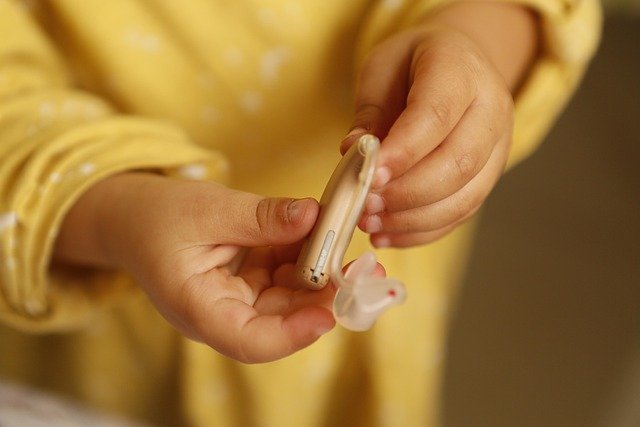Aligning curriculum with developmental milestones
Aligning early learning programs to children’s developmental milestones helps educators design activities that support language, motor and social progress. This article outlines practical curriculum strategies, assessment approaches, and inclusive practices for preschool and childcare settings.

Aligning curriculum with developmental milestones means designing learning experiences that match what children can do and what they are ready to learn. A curriculum informed by typical patterns of development supports confident exploration and reduces frustration, while helping teachers identify when extra support or referral might be needed. This approach connects daily routines, play opportunities, and targeted instruction to promote steady growth across language, motor, social, and cognitive domains.
How does play support development?
Play is the primary vehicle for learning in early childhood. Through play, children experiment with language, practice social roles, refine motor skills, and test cognitive ideas. A curriculum that prioritizes playtime—both free and guided—creates repeated opportunities for development across milestones. Teachers can scaffold play by introducing vocabulary during pretend play, offering fine-motor materials like threading beads, and setting up social scenarios that encourage turn-taking and conflict resolution. Play-based learning also supports assessment by revealing a child’s emerging skills in natural contexts.
How can curriculum reflect milestones?
A milestone-aligned curriculum uses developmental continuums to sequence activities and learning goals. Instead of rigid age-based checklists, these continuums describe increasing complexity in language, motor coordination, attention, and problem-solving. Curriculum planners map daily routines and lesson plans to these progressions so that each activity intentionally challenges children just beyond their current level. For preschool and childcare programs, this means blending predictable routines with varied materials and adjusting expectations for diverse learners, ensuring that planned experiences promote steady progress toward milestones.
What pedagogy supports inclusion and assessment?
Inclusive pedagogy balances high expectations with flexible supports so all children can participate. Universal Design for Learning (UDL) principles—multiple means of engagement, representation, and expression—help classroom staff adapt materials for varying needs. Ongoing assessment strategies, such as observation checklists, work samples, and portfolio collections, inform curriculum adjustments and individualized supports. Assessment should be formative, culturally responsive, and communicated with families, using data to refine teaching approaches rather than simply labeling children.
How to assess language, motor, and social skills?
Assessment of language, motor, and social development relies on varied, low-stress methods. Observations during routines and play give insight into expressive and receptive language, fine and gross motor control, and peer interactions. Simple, structured tasks—like following multi-step directions, completing a puzzle, or engaging in cooperative play—provide repeatable data points. Documentation should note typical performance, consistency across settings, and progress over time. Sharing assessment findings with family members and childcare colleagues supports coordinated responses and referral when necessary.
How to involve family and teacher training?
Family engagement is essential for aligning curriculum with milestones. Regular communication, sharing progress portfolios, and offering practical strategies families can use at home strengthen continuity between home and preschool. Teacher training in child development, assessment, and inclusive practices equips staff to interpret milestone patterns and apply appropriate supports. Professional learning that includes coaching, peer observation, and reflective planning time builds competency in adapting curriculum to children’s changing needs and in partnering effectively with families.
How to use outdoor learning and environments?
Outdoor environments expand opportunities for motor development, sensory exploration, and social interaction. Curricula that incorporate outdoor time should intentionally plan for gross-motor challenges—climbing, balancing, and running—as well as nature-based learning that stimulates curiosity and language. Outdoor spaces can be designed to allow small-group interactions and solitary exploration, supporting different social styles. Thoughtful transitions, safety considerations, and accessible materials ensure that outdoor learning is inclusive for children with varying abilities.
Conclusion
A curriculum aligned with developmental milestones blends intentional planning, play-based learning, inclusive pedagogy, and reliable assessment. Preschool and childcare programs that integrate family perspectives and invest in teacher training create coherent, responsive environments where children can progress in language, motor, social, and cognitive domains. By observing children in natural contexts, adapting activities to their readiness, and maintaining open communication, educators foster steady development while honoring each child’s individual pathway.





